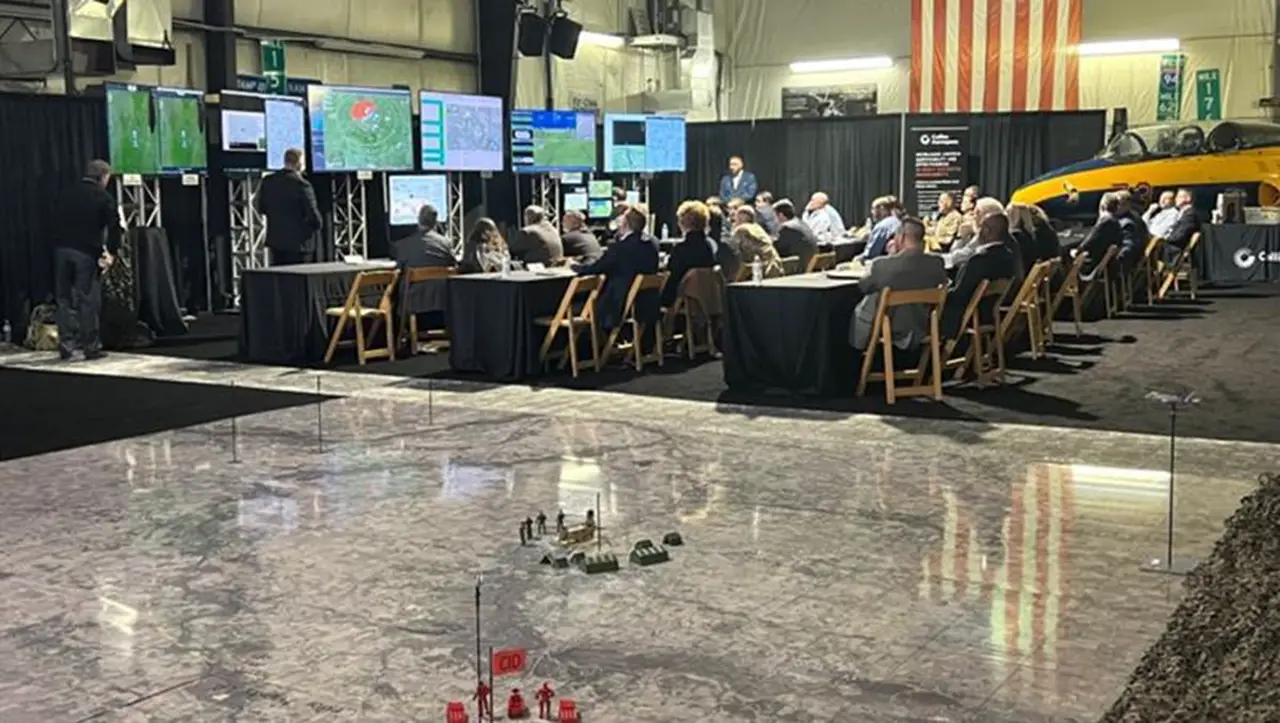Collins Aerospace demonstrated potential applications of resilient networking, intelligent sensing, and secure autonomous processing at the tactical edge to support Army modernization and CJADC2 (Combined Joint All Domain Command and Control) initiatives for the U.S. Army and joint services. The demonstration took place on December 9 and 14 at the University of Iowa Operator Performance Laboratory in Iowa City, Iowa. Using surrogate FARA, Air Launched Effects (ALE) and Grey Eagle aircraft, the assets conducted a detect, identify, locate and report (DILR) mission on an active RF radar. The ALE identified and processed key target information using Collins’ RapidEdge™ Autonomy Mission system and transmitted collected data over a Tactical Targeting Networking Technology (TTNT) mesh network to the FARA and Grey Eagle.
“This is the bedrock of success for CJADC2. Being able to do this instantly and securely at the tactical edge, over multiple networks, were the highlighted differentiators brought to light in our demonstration”, said Elaine Bitonti, vice president, CJADC2 Demonstration and Experimentation for Collins Aerospace.
The demonstration showcased how integrated technologies and joint connectivity can provide warfighters with the actionable data and increased situational awareness they need to make informed, split-second decisions in evolving threat conditions against cyber-sophisticated adversaries at the tactical edge of the battlefield. The demonstration included over a dozen technologies integrated into an operationally relevant joint force use case. Collins’ Rosetta® message processing software, INFAMI™ sensor management framework and SecureOne™ Multiple Level Security (MLS) system combined on the FARA to process and separate the target information to multiple security levels and seamlessly provided appropriate data to real and simulated ground and air platforms. This data was securely exchanged over four live networks.
Simulated ground and air shooters then engaged accordingly. The ability to distribute data across multiple security levels is a key differentiator of the Collins networking solution and solves a major challenge in maintaining secure dataflow communication across the distributed battlespace. The SPARTAN open systems radio, developed in conjunction with AFRL, successfully transmitted sensor imagery from a TASE-400 sensor and SCSR small form factor radio to a ground user. Additionally, third party and coalition interoperability were enabled using PRC-162 Manpack and Trellisware™ TW-950 radio.















